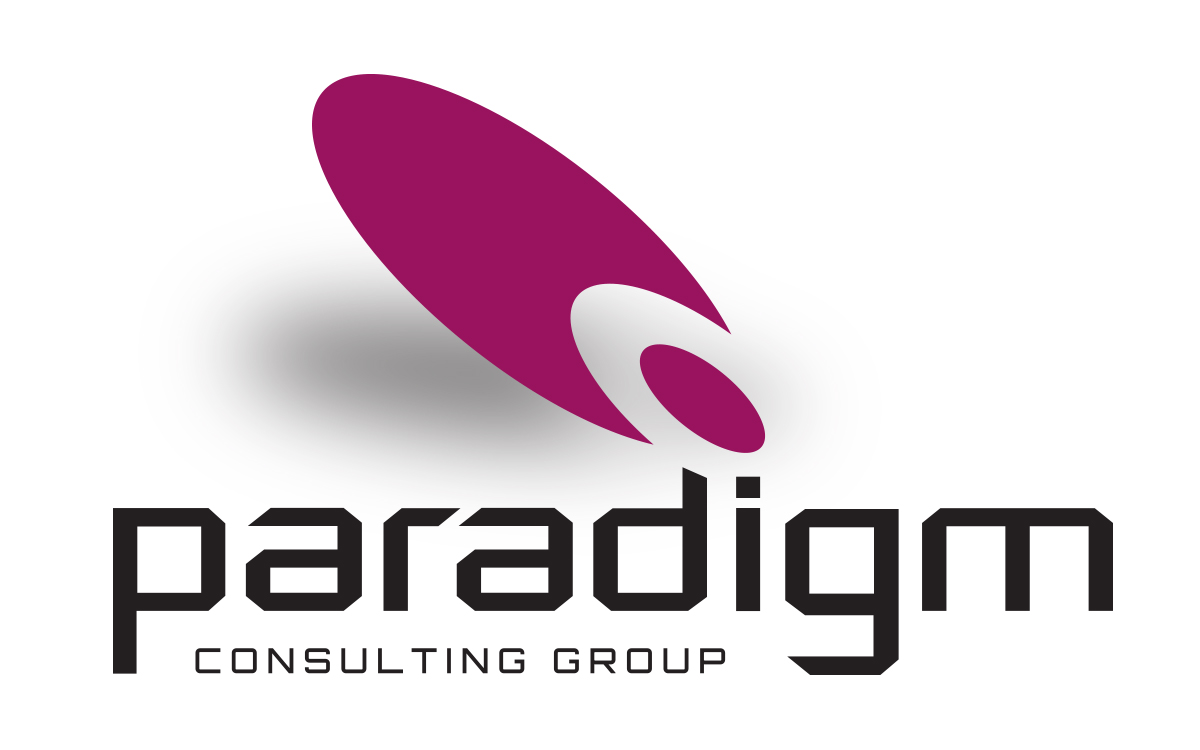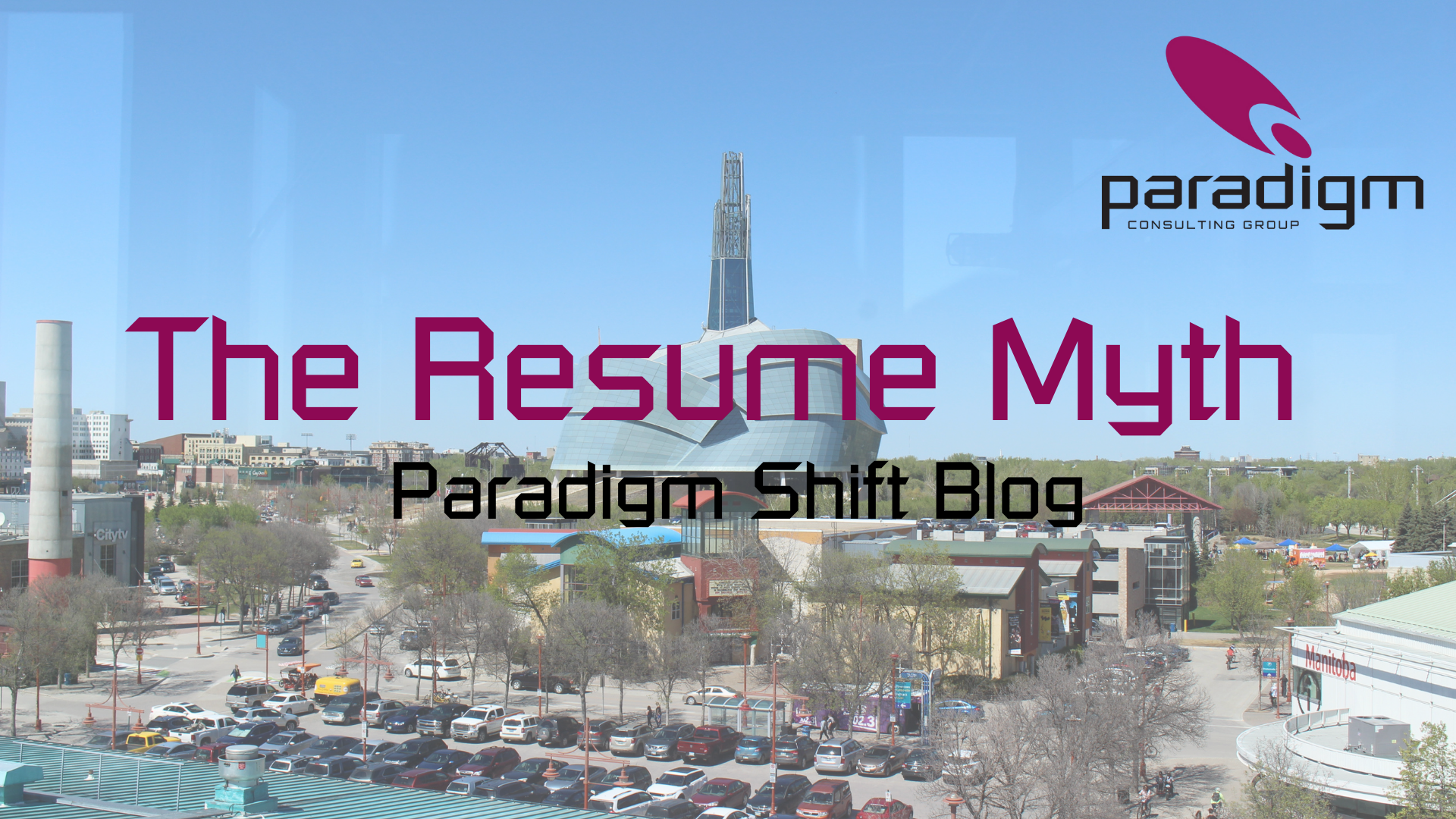You’ve likely been told that your resume should be no more than two pages. That’s a common rule for traditional corporate jobs, but IT consultants play by different rules. While a short resume is great for networking, it doesn’t work when applying for consulting roles that require detailed project experience. A long-form resume (5, 10, or even 15 pages) is your real tool for winning consulting opportunities. Let’s break down why it matters and how to build one that works.
Your resume gets you the interview, but it has to be tailored and detailed to get past the first screen. Bookmark our Paradigm Shift Blog page for a future article on How to Ace the Interview and another about your Social Brand!
Why Short Resumes Don’t Work in IT Consulting
A two-page resume might work if you’re applying for a permanent job, but consultants are engaged for their breadth of experience and their ability to solve complex problems. Here’s why a longer resume makes sense.
Consultants aren’t hired as employees—they’re engaged to solve problems using both a broad knowledge base and specialized expertise. A short resume hides your depth of experience. A client searching for a consultant with ERP migration experience won’t see your qualifications if it’s buried in one bullet point. If your key projects don’t show up, you don’t exist. Recruiters and hiring managers scan for specific projects and technologies.
KEY TAKEAWAY: If it’s not in your resume, Hiring Managers assume you haven’t done it
The Right Resume Length for IT Consultants
If you’re an IT consultant, you need both:
- A 2-page resume – A quick reference for general networking, job fairs, or HR screeners.
- A long-form resume (5, 10, or 15 pages) – A comprehensive project-based document for consulting opportunities, government RFPs, and specialized contracts.
Why keep a long resume? It serves as a database of your experience—you won’t scramble to add project details later. Some clients want detailed project breakdowns. Technology evolves, but old experience can suddenly become relevant again (e.g., migrating off legacy systems). For example, you may have implemented a custom PowerBuilder application years ago, ignoring it as you thought it was outdated, only to later be brought in to migrate off that very system. That past experience now becomes a valuable asset!
Structuring Your Resume: What to Include
Your resume isn’t just a document—it’s your first deliverable to a potential client that acts as a strategic document that markets your experience in the best way. Here’s how to structure it for maximum impact:
1. Name & Credentials
Clearly display your name and professional designations (CBAP, PMP, Prosci, ISTQB, TOGAF, SAFe, etc.). Certifications should be at the top—clients scan for them and it adds credibility as the first thing they see.
2. Professional Bio (2-5 Paragraphs)
This is your elevator pitch in writing. Clearly state your primary expertise (e.g., Business Analyst, ERP Specialist, Scrum Master, Project Manager). Highlight key industries you’ve worked in, methodologies you use and soft skills like leadership and stakeholder management. Your ongoing professional development demonstrates your willingness to learn and grow, be sure to include this as well. Your bio should be strong enough to quickly give the reader a sense of who you are and what you bring to the table. Tailor it towards the kinds of roles you seek.
3. Project-Based Work Experience
Your long-form resume should be project-based, not job-based. Each project should include:
- A functional role title – Instead of using your employer-assigned title, use a role description that clearly explains your responsibilities (e.g., “Senior Business Analyst – ERP Implementation” vs “IT Analyst III”). Be strategic; the title you choose should align with the client’s expectations.
- The project duration is key. A 3-month engagement is very different from a 3-year project. It describe the complexity of your project. A 5-person team versus a 50-person team changes expectations.
- The project overview should be 2-3 sentences summarizing the objectives, scope, and high-level outcomes. It helps the reader quickly understand the project.
- In order to improve readability, the remaining points should be in bullet format.
- The key responsibilities and deliverables should include specifics about what you actually did—business requirements, system implementations, stakeholder engagement, etc.
The impact and outcomes should be measurable where possible. Use data points like cost savings, efficiency increases, or system improvements. Numbers, acronyms, percentages are easily seen when a resume is scanned.
The implementation approach matters. Was it Agile? Waterfall? Phased or Big Bang implementation? These details help clients understand how the project was executed and can help align your skills to what they are looking for.
On some of your engagements, you may have worked on multiple projects under a single employer. In such cases, ensure that each project is listed separately with its own details. Each project entry should avoid generic descriptions. Instead of “worked on an ERP implementation,” say, “Led requirements gathering for an enterprise-wide SAP implementation, resulting in a 20% reduction in manual workflows.” Specific, outcome-based descriptions make a difference.
- Hiring managers will understand all these distinctions. Each project should describe its scope, your role, and the impact of your contributions. If you led a large team, managed a high-budget initiative, or worked on a highly regulated industry project, highlight those aspects.
4. Technical Experience
Recruiters and hiring managers often jump to this section first. A well-structured technical experience section allows for quick scanning and easy alignment with client requirements.
Rather than listing technologies haphazardly, organize them by category. You can also use AI-powered tools to analyze your resume and auto-categorize your technical skills, ensuring consistency and proper structuring: programming languages, databases, cloud platforms, methodologies, tools, etc. If a client is looking for ERP experience, but you’ve worked in a different system, this section helps show transferable skills.
Emphasizing frameworks and methodologies (Scrum, DevOps, ITIL) is just as critical as listing hard technologies. Clients want to know how you’ve applied technology in structured environments.
5. Community Involvement
Demonstrating leadership outside of work adds credibility. List professional groups, industry presentations, or volunteer work. If you’ve been involved with IIBA, PMI, or local tech meetups, mention it. This also signals that you’re engaged in continuous learning and networking.
Many consulting roles favor those who have strong industry ties. If you’ve spoken at conferences, mentored junior professionals, or contributed to industry discussions, highlight that.
You may be early in your career or have not yet had the chance to become involved in the community. That’s ok! Don’t include this section.
6. Education & Certifications
List degrees, institutions, and certifications. Recognized industry certifications such as PMI’s PMP, IIBA’s CBAP, and Scaled Agile’s SAFe should be prominently displayed to highlight your expertise. Organizing by type or chronologically is a key decision to make, both have advantages.
If your degree(s) are from an international institution, mention WES credential evaluation. Certifications should be clearly displayed if earned.
Customizing Your Resume for Each Client
Every consulting opportunity is different, and your resume should reflect that. Your resume should match the terminology used in the job description while remaining truthful. Highlight the most relevant projects in the first few pages, ensuring that hiring managers see your strongest qualifications early on. Always tailor the long-form resume before submission. Highlight relevant projects based on the job description. Don’t copy-paste the same project descriptions—clients notice!
If you have multiple projects that look similar, make sure each one demonstrates unique contributions. Consulting is about adaptation and problem-solving, and your resume should reflect that flexibility.
Your resume is not just a static document—it’s a dynamic tool for demonstrating your expertise. However, avoid keyword stuffing and focus on authenticity. A well-tailored resume doesn’t just get past ATS (Applicant Tracking Systems) filters; it makes an impact on the hiring team.
KEY TAKEAWAY: Your resume should be tailored to each job application. Keep a master resume with every project you’ve worked on and highlight relevant experience when applying for a role. If it’s not on your resume, you didn’t do it.
Final Thoughts: Your Resume Opens the Door
Your resume isn’t just a document—it’s a strategy. The best resumes tell a story of how your past success translates into solving the client’s current problem.
If you are interested to hear my talk at a 2021 IIBA Career Fair on this same topic, please see this post, skip to the 4:30 mark to jump to the details.
A strong, detailed resume will get your foot in the door, but it’s only part of the equation. Once you have their attention, it’s your ability to connect, communicate, and demonstrate value that will seal the deal.
Now that your resume is optimized, make sure your personal brand is strong . Stay tuned for a future article, where we’ll explore how personal branding plays a pivotal role in career growth and how to leverage your presence beyond your resume.

